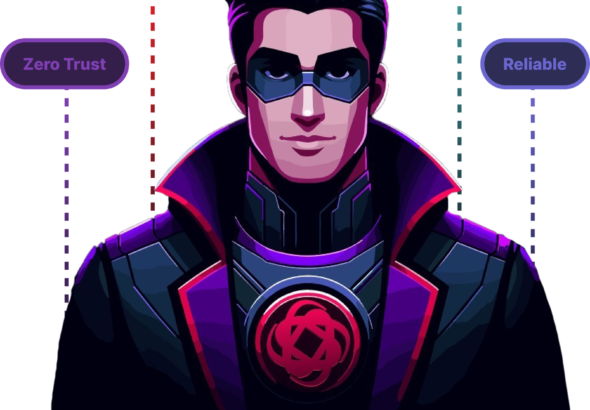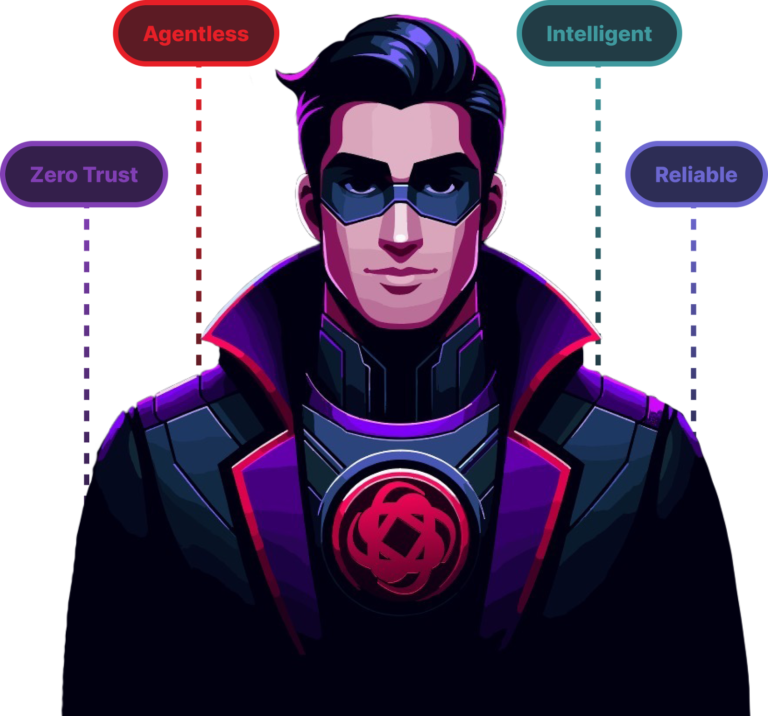February 18, 2025
Main News
Trending Now
February 15, 2025
February 15, 2025
February 15, 2025
February 15, 2025
-
February 15, 2025
-
February 15, 2025
-
February 15, 2025
-
February 15, 2025
-
February 15, 2025
-
February 15, 2025







